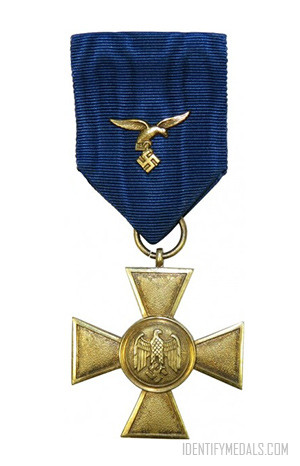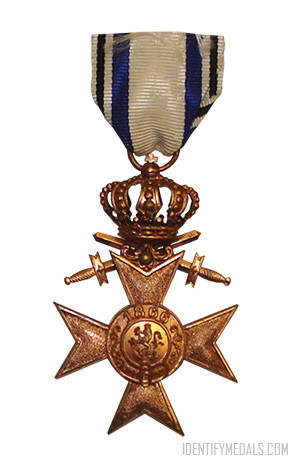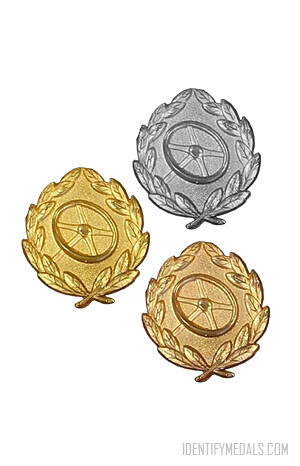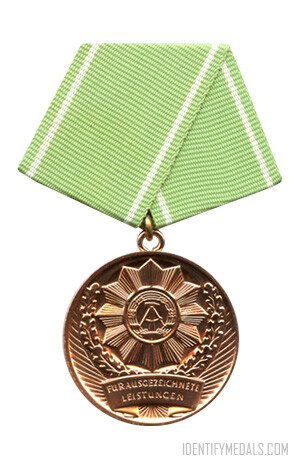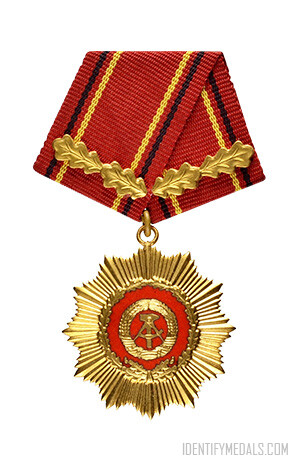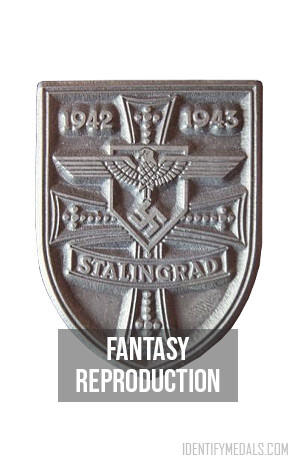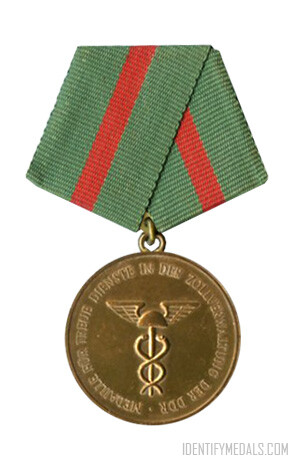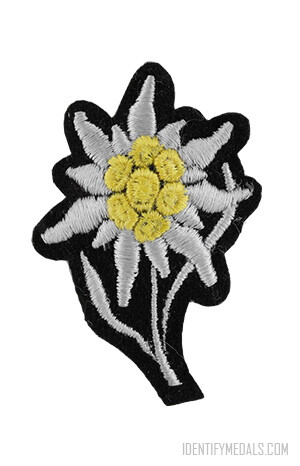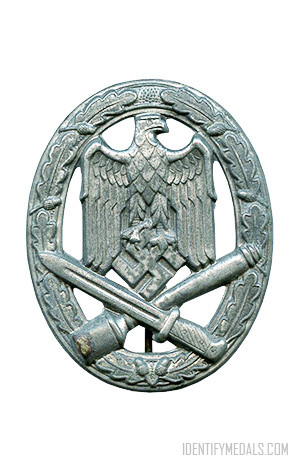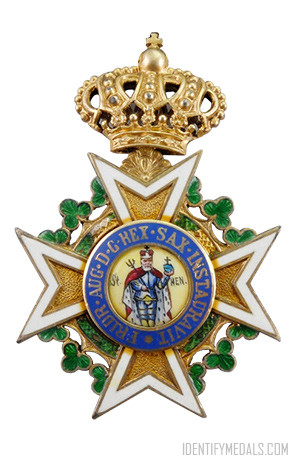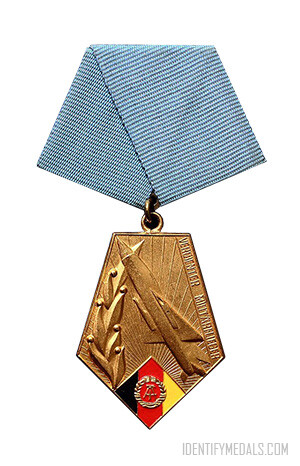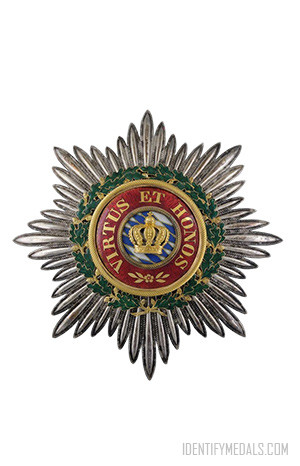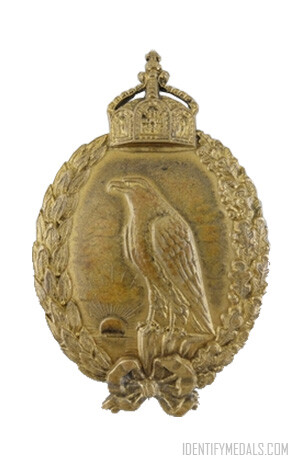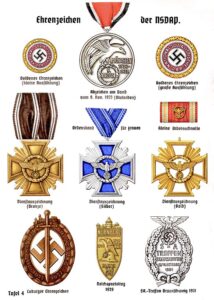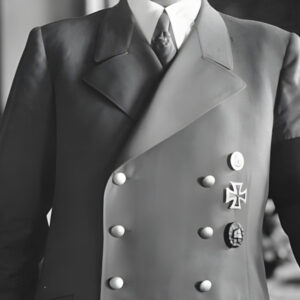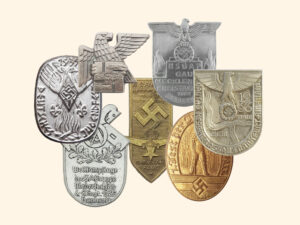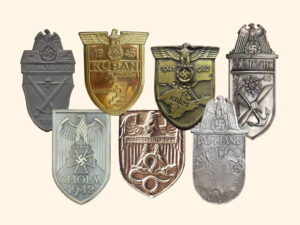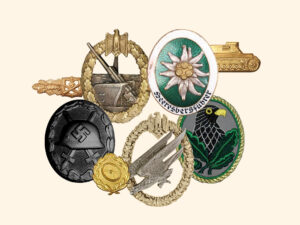- Time Period: Nazi Germany (Interwars Period, World War II)
- Institution: 16 March, 1936
- Country: Germany
The Wehrmacht Long Service Award (or Wehrmacht-Dienstauszeichnung in German) is a military service decoration of Nazi Germany, which was issued for satisfactory completion of a number of years (12, 18, 25 or 40) in military service.
On 16 March, 1936, Adolf Hitler ordered the institution of service awards for the first four classes. Afterwards, on 10 March, 1939, the 40 years service award was also introduced.
Each branch of the Wehrmacht (air force, army and navy) maintained their own version of the Long Service Award. The decoration was issued for four years (fourth class), 12 years (third class), 18 years (second class), 25 years (first class), and 40 years (1939 special class).
The Wehrmacht Long Service Award Design
The award was designed by Dr Richard Klein, a German artist known for his patriotic work as a medallist from the start of World War I and for his work as a favoured artist of the Nazi regime. Klein was director of the Munich School of Applied Arts and also one of Hitler’s favorite painters. His work was exhibited at the “Great German Art Exhibition” held at the Haus der Kunst in Munich in 1937, including plaques contributed from Adolf Hitler’s private collection.
Recipients of lower Wehrmacht Long Service year awards would wear the decoration simultaneously with higher level decorations in the following manner:
- 3rd Class with 4th Class
- 2nd Class with 4th Class
- 1st Class with 3rd Class
The Long Service Award was retroactive throughout a service member’s career, including Reichswehr service and service during and before World War I. In consequence, there were a handful of 40 year awards presented even when the Nazi era only lasted 12 years, from 1933 to 1945.

